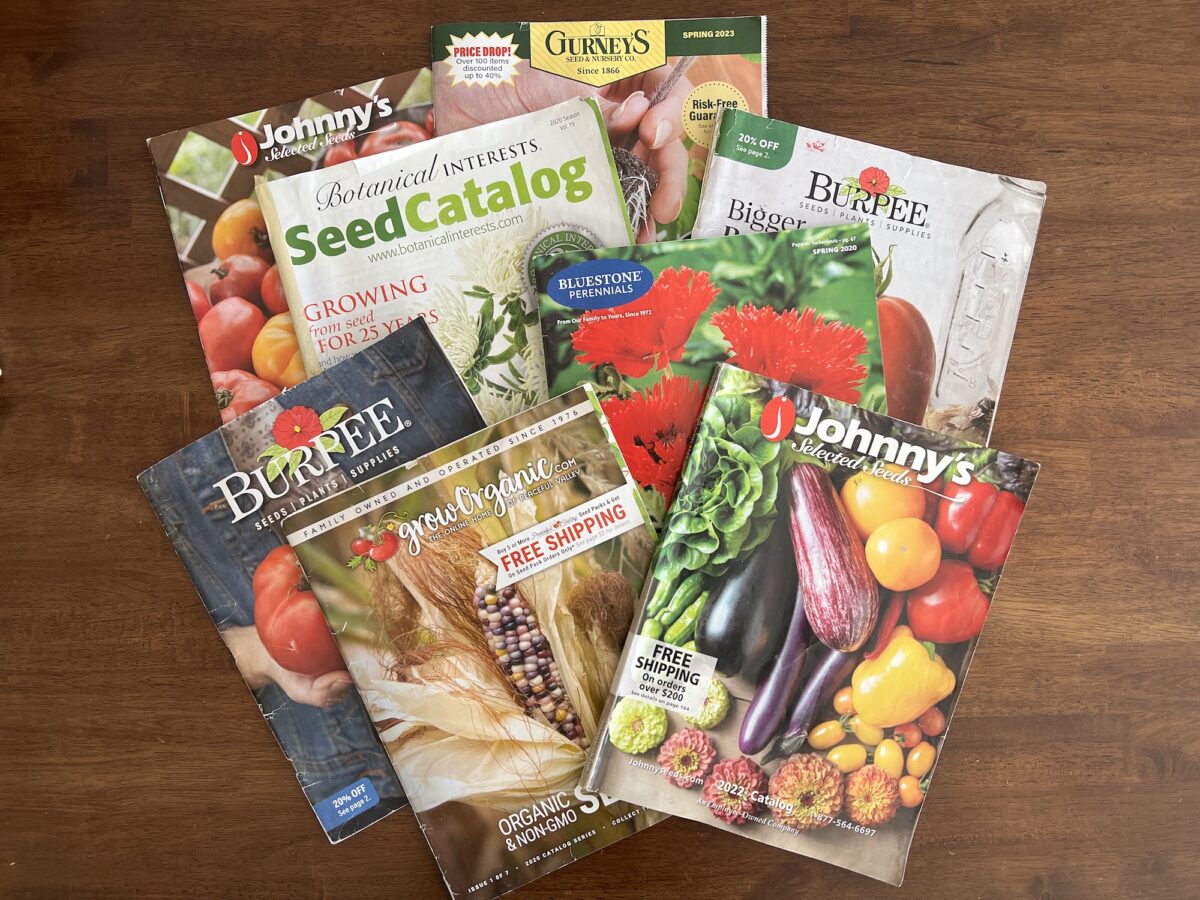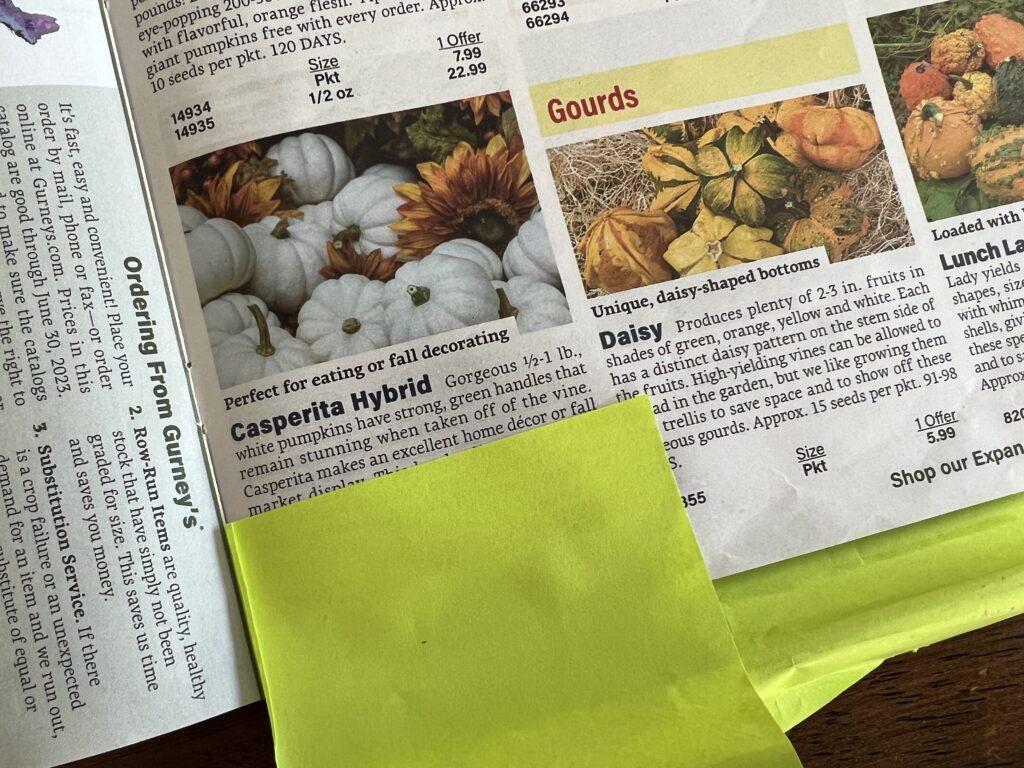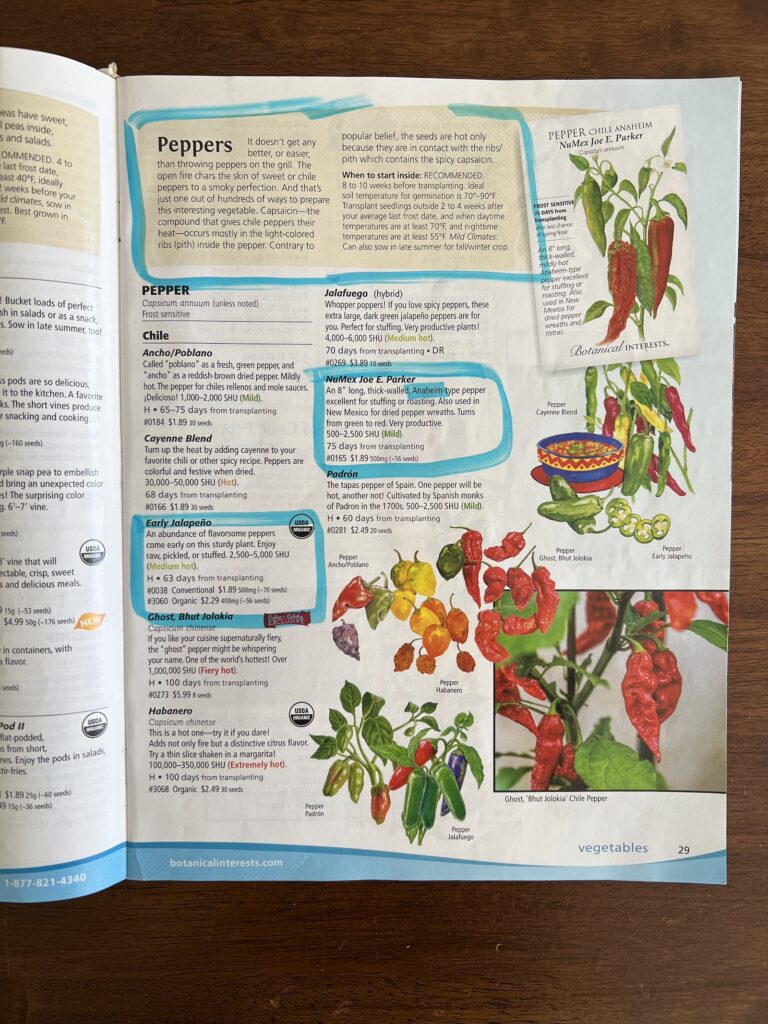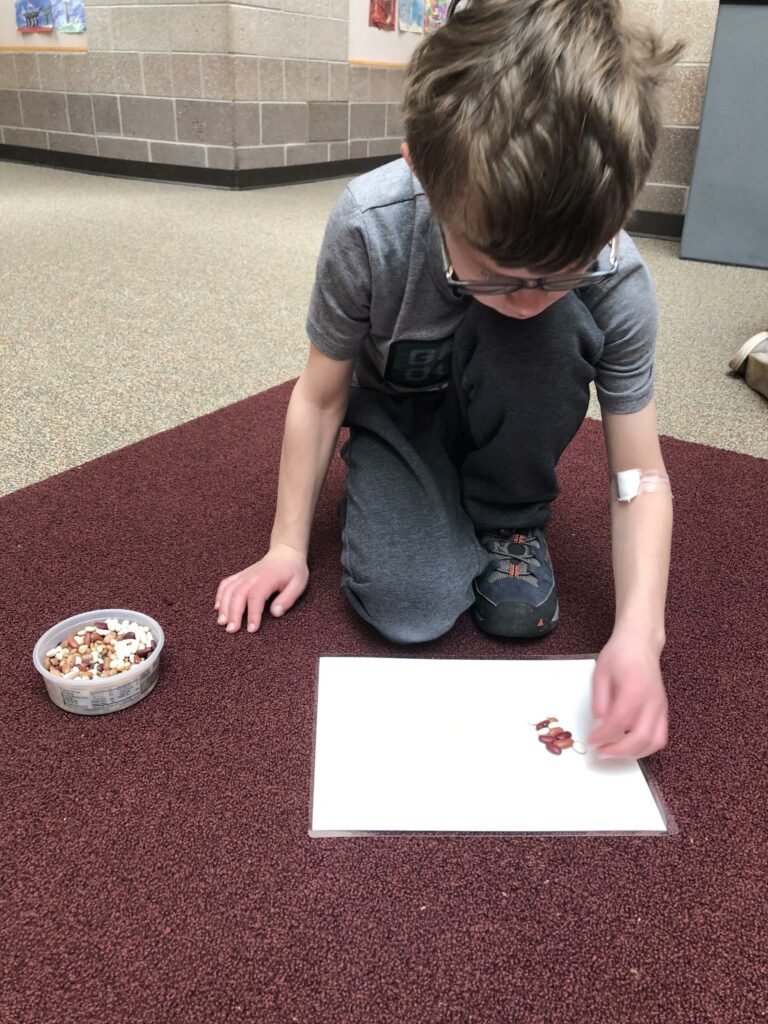
When you’re in the process of starting seeds with your students, there are a variety of complimentary seed exploration activities you can use to help students better understand and appreciate the wide diversity of seeds and how amazing a tiny little thing can be. These cross-curricular activities are also a great way to introduce or reinforce the core curriculum concepts you’re teaching in your classroom.
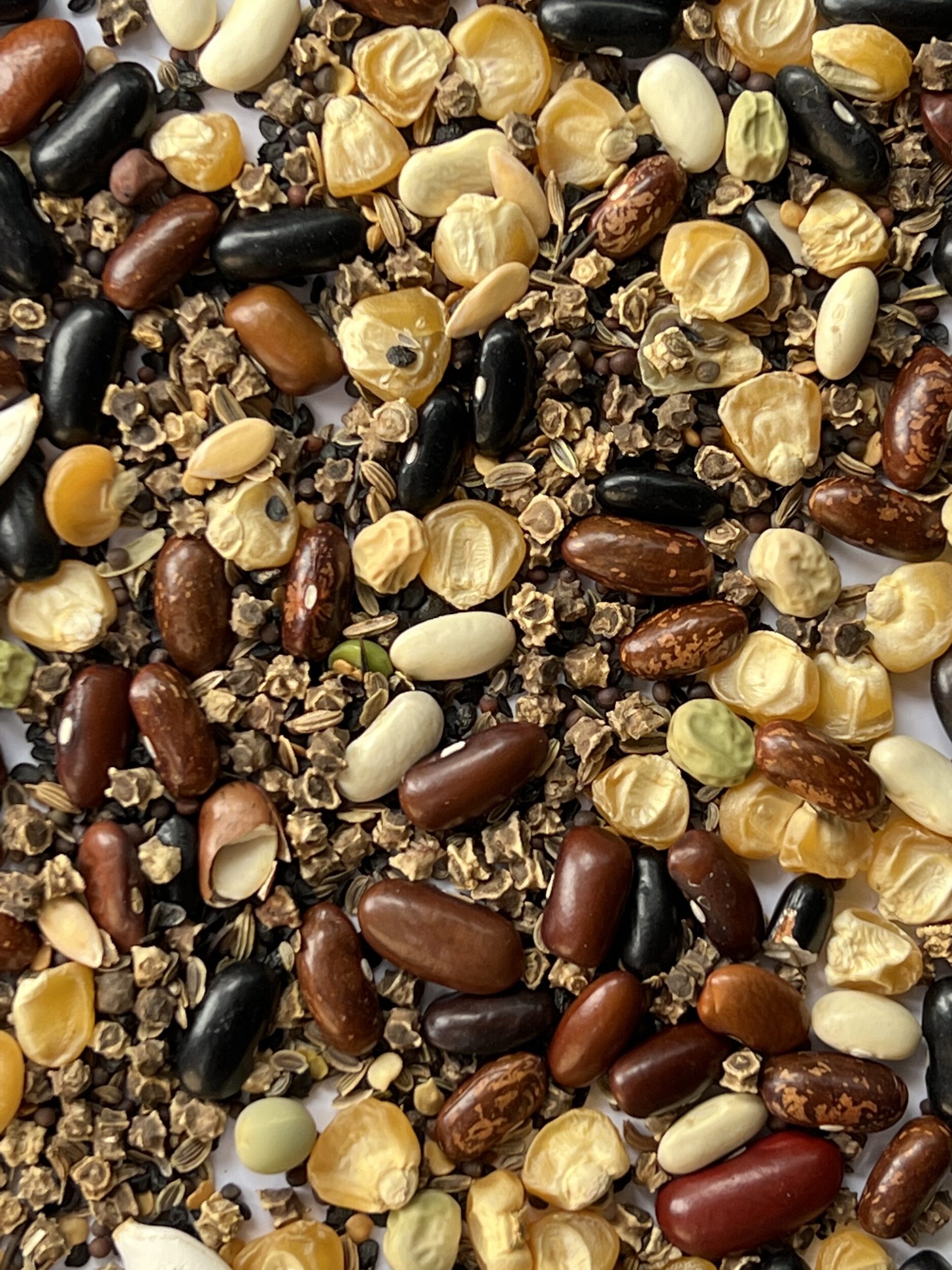
Over the years I’ve accumulated an assortment of seeds to use with students. I’ll save seeds that are past their use by date (different seeds have different periods of time that they are viable past their sell by date) or I’ll buy seeds from the dollar store. Just yesterday I saw that our local Ace Hardware had American Seed packets for $0.25 each. This assortment is nice because the seeds frequently correlate to what we are planting. However, some of these seeds can be quite small and don’t work well for tiny hands or are easily lost as they are explored. When I need to have larger seeds, I like to use Bean Soup mix from the grocery store. These can include 15 or more different varieties of beans and other members of the pea family. They tend to be quite colorful and include a variety of sizes and shapes. I store both of these seed mixes in plastic containers for use from year to year.
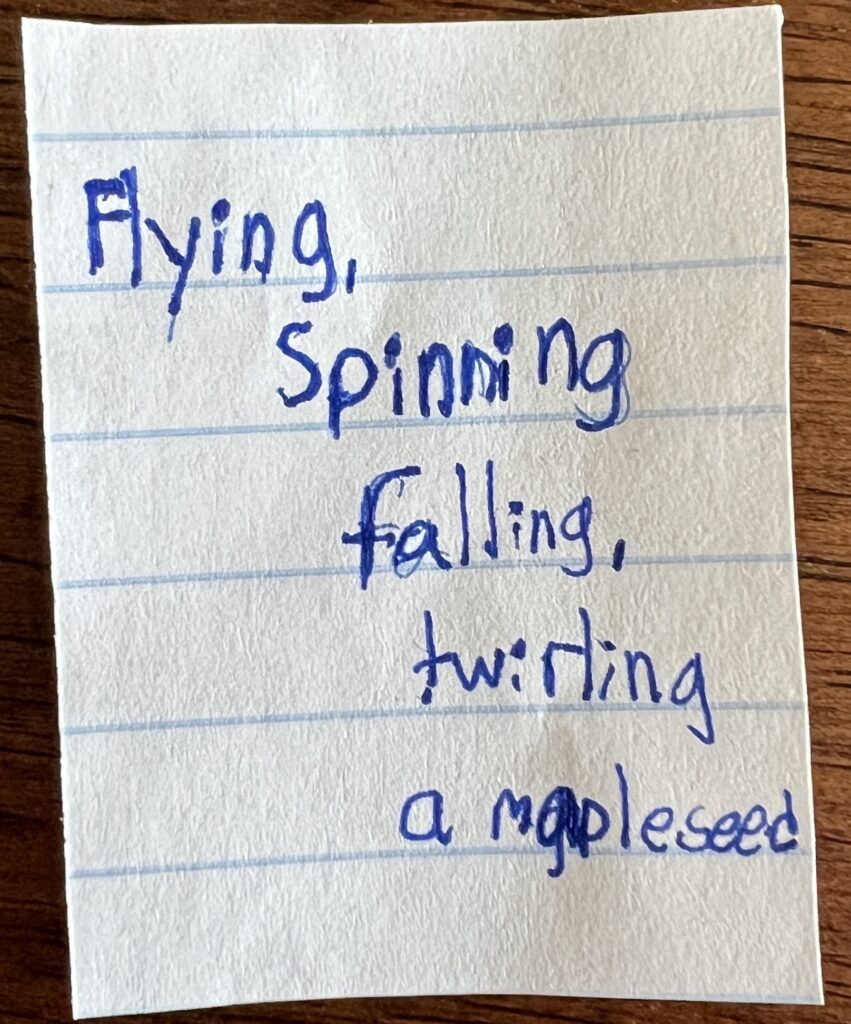
Seeds come in many shapes, sizes, colors, and textures. Exploring this diversity is a great way to build rich, descriptive vocabulary with your students. Using your seed assortment, have students brainstorm words that describe each seed. Encourage them to think of synonyms for the words or to build upon their description to make them more complex. You can use a Venn Diagram to help compare and contrast different types of seeds. Either prior to or following this, you can have students sort the seeds into unique groups, encouraging them to sort in ways that don’t just isolate the same seeds with each other. This list of words and phrases can then serve as a jumping off point for a variety of creative writing activities:
- Write a story about a seed that feels different from everyone else and how they learn to love being unique.
- Create a creature that uses one of the seeds as part of its body (similar to how a thumbprint creature involves the thumbprint) and write a story about it.
- Write riddles to describe the seed.
- Write poems about the seeds or how they grow into a plant.
- Create an advertisement for the seed.
- Design a seed packet.
- Write a fairy tale about the seed and what it will become.
- Write a story about how the seed grows and what it turns into. Does the way it starts out predict what it will become (ala The Tiny Seed).
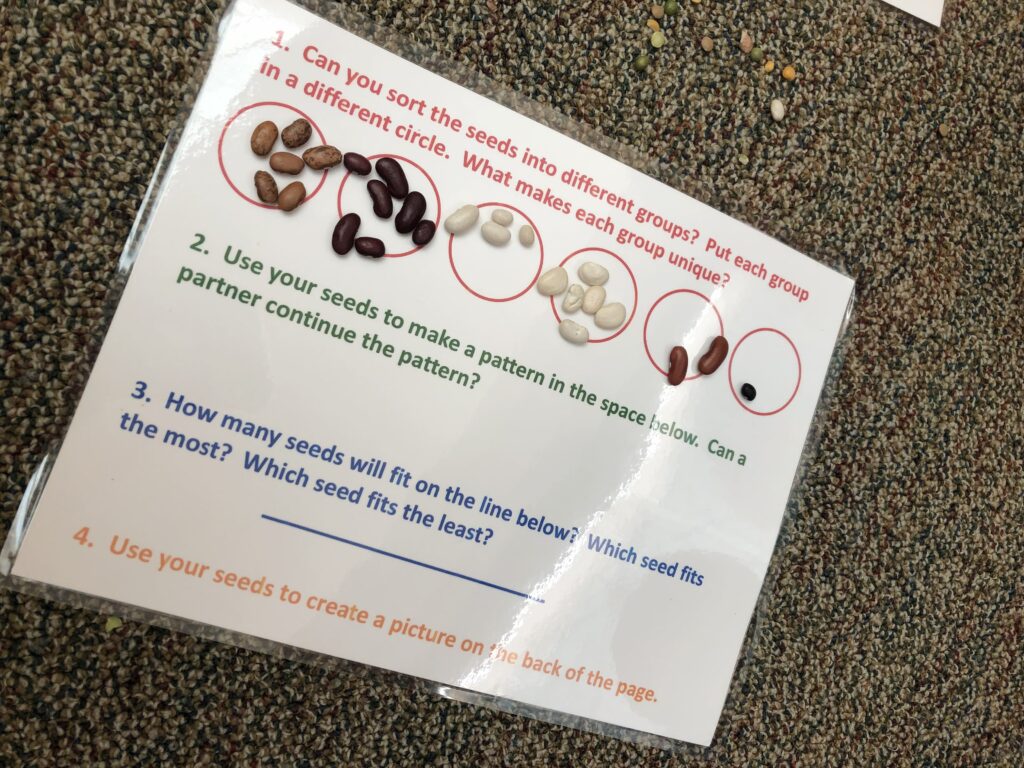
Seeds are a great way to introduce or reinforce a variety of math concepts. If you think about seeds as a counter or manipulative, you can start to envision the many ways you can use them. Some ideas to start with include:
- Sort seeds into different groups.
- Calculate the fraction or percentage of each seed in the mixture.
- Make patterns with the seeds.
- Make sets of twos, fives, tens, twenties, etc. Skip count to determine how many total seeds you have.
- Line the seeds up end to end on a line. How many of each seed will fit on the line? Compare the size of the seed to how many will fit on the line. Divide the length of the line by the number of seeds that fit to determine the average width of each seed.
- Measure the length, width and weight of a seed. Since seeds are so small, this is a good opportunity to use the metric system, introducing millimeters and centimeters. Calculate the mean, median and mode for each type of seed.
- Calculate how many of seed A will equal one of seed B.
- Compare and contrast the measurements of seeds using greater than, less than and equal to language and symbols.
- Calculate germination ratios when you grow the seeds. How many total seeds did you plant vs. how many actually grew. Some seed companies list the germination ratios on the seed packet – how did your results compare?
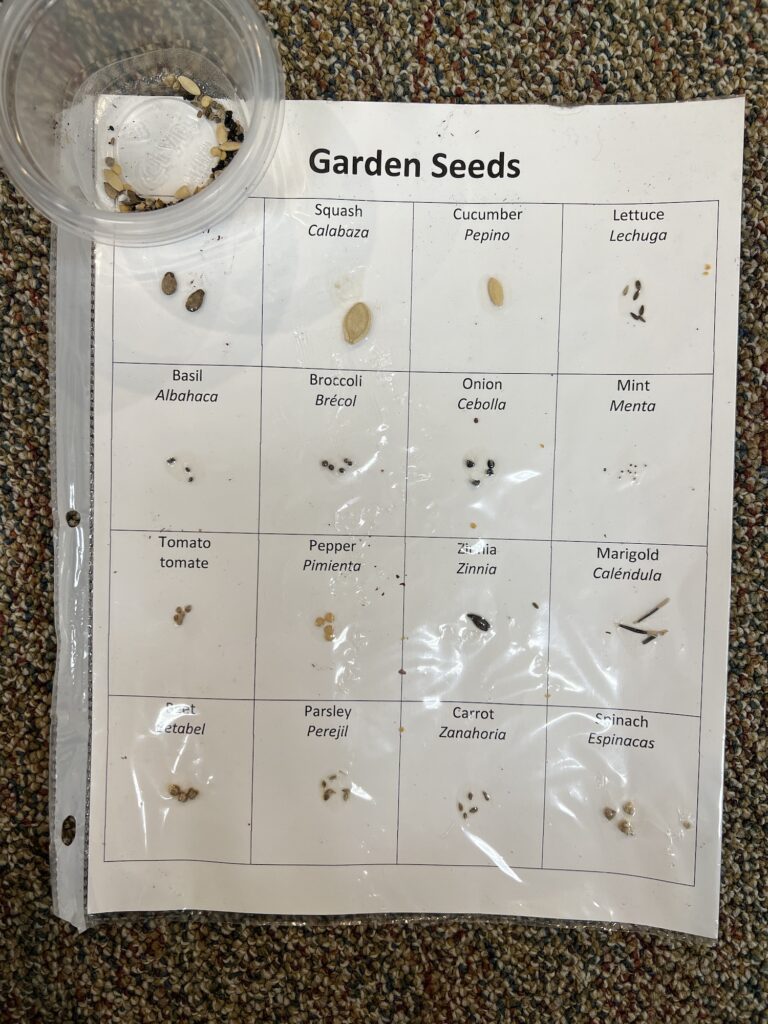
As students begin to notice similarities and differences among the seeds, you can use these to introduce plant families and scientific classification and nomenclature. Seeds from within the same plant family have very similar shapes and textures, although they tend to vary by color and size. You can start by analyzing the seeds of each plant family for similarities and differences and then begin to look at how other characteristics of the plant (leaves, flowers, fruits, plant size, plant origin) are similar and different within the same family.
Books are a great way to supplement your exploration of seeds. There are so many high quality books about seeds, plants and gardening. You can do read-alouds with them or put them in your classroom library for students to explore on their own. When I am working with large groups of students planting seeds, having half of the class explore these books while the other half plants is a good management strategy. Here are a few of my favorites:
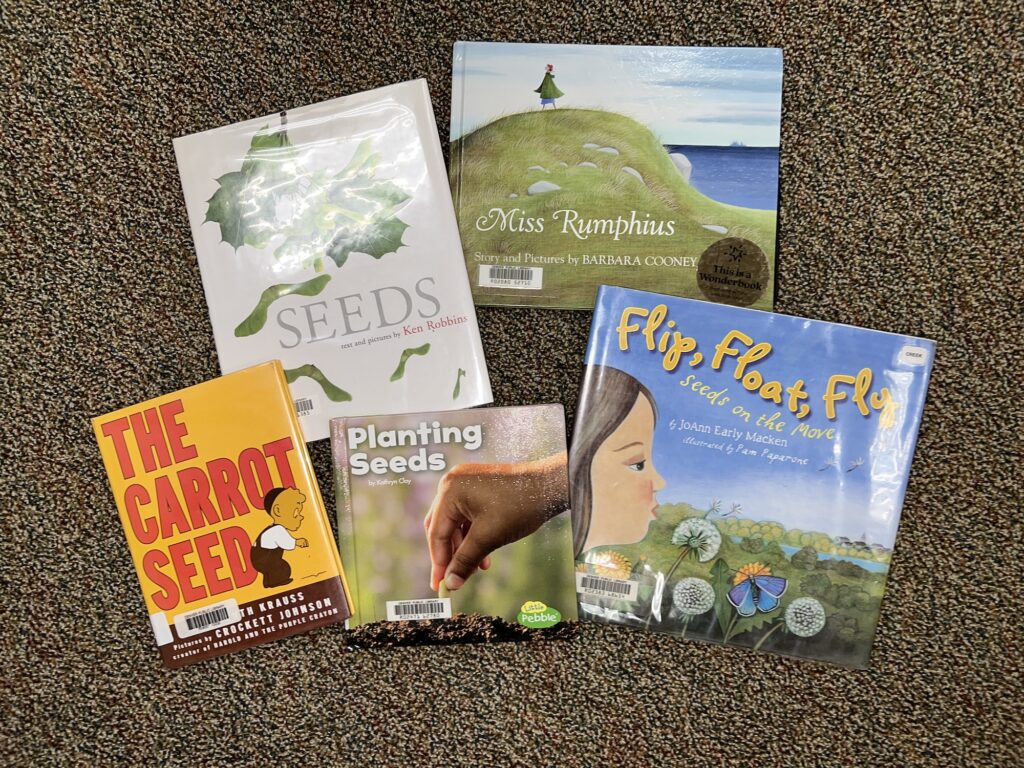
- The Big Seed by Ellen Howard
- The Carrot Seed by Ruth Krauss
- Flip, Float, Fly: Seeds on the Move by Joann Early Macken
- A Fruit is a Suitcase for Seeds by Jean Richards
- Miss Rumphius by Barbara Cooney (While a great story, there are some concerns about just spreading seeds wherever and creating weed problems, so read with some caveats to your students.)
- A Seed is Sleepy by Diana Hutts Aston
- Seeds by Ken Robbins
- Seeds by Patricia Whitehouse
- The Tiny Seed by Eric Carle
Including even just a few of these activities not only helps deepen your students understanding of and appreciation for seeds, but it can easily help students master your grade level learning objectives. It’s a win-win for everyone!

